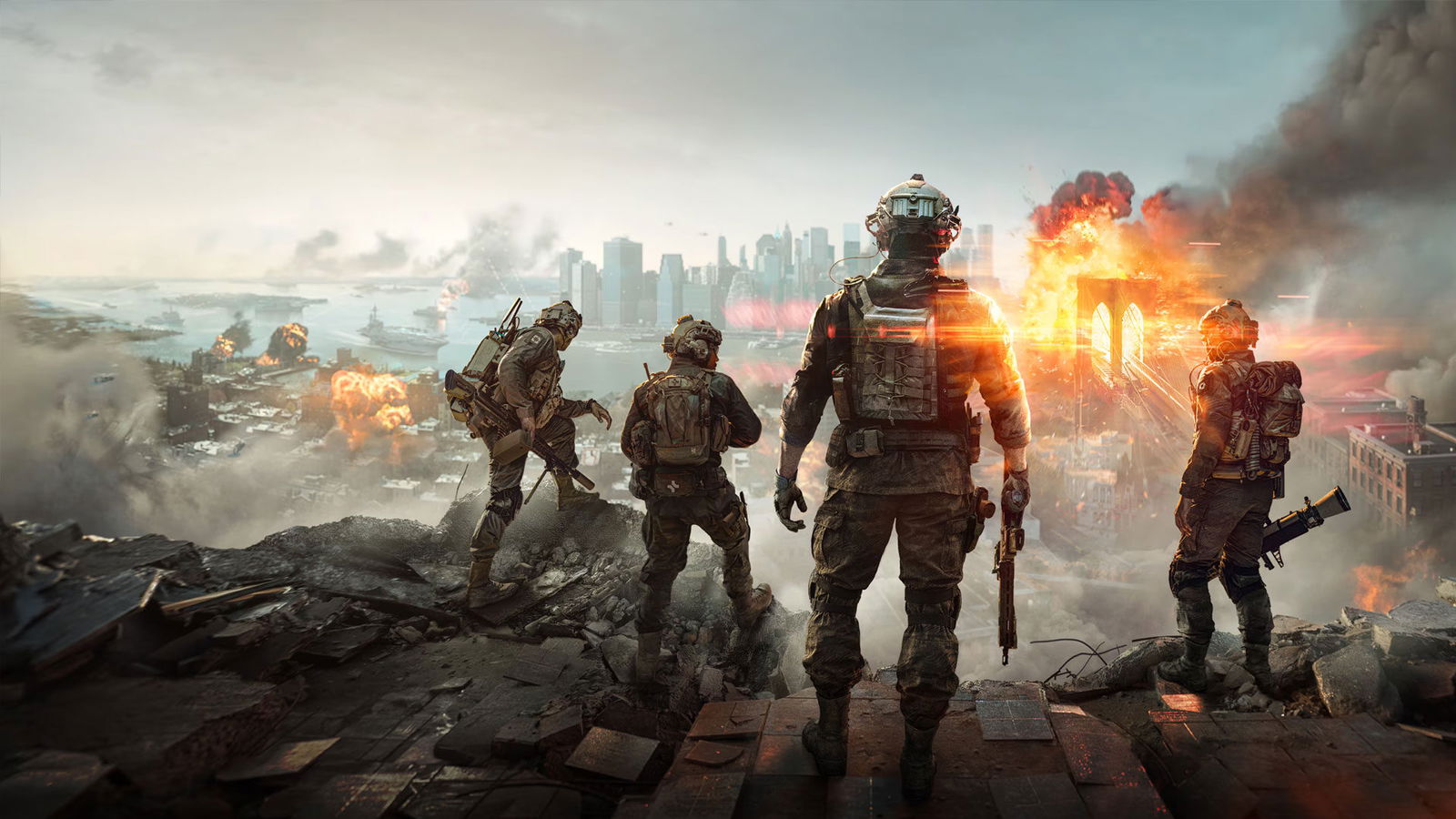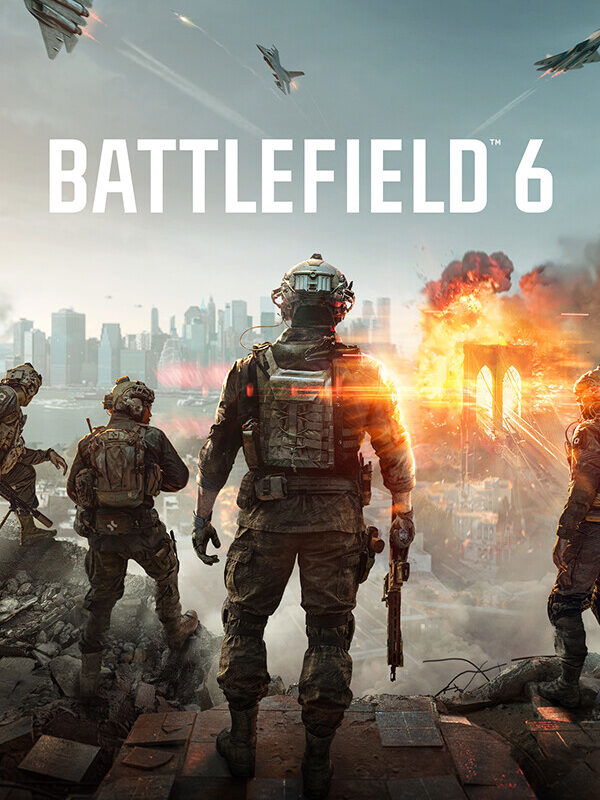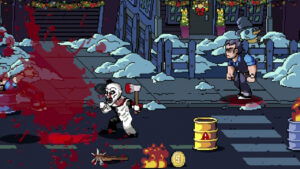I dabble in the FPS genre from time to time, with my FPS career starting all the way back on the N64 with Goldeneye 007, and going all the way through Black on the PS2, Call of Duty: Modern Warfare 2 & Modern Warfare 3, to now with Battlefield 2042, and the newest entry in the series: Battlefield 6. There are others in there too, but they shall remain nameless as they just weren’t up to the standards set by previous titles (*cough Call of Duty: Advanced Warfare cough*).
After the highly divisive Battlefield 2042 (which I have been playing almost to the exclusion of everything else in recent weeks), I wanted to begin by looking at the multiplayer aspect of Battlefield 6. With a “don’t fix what isn’t broken” mindset, the team at Battlefield Studios has taken the best parts of 2042’s multiplayer and expanded on them here.
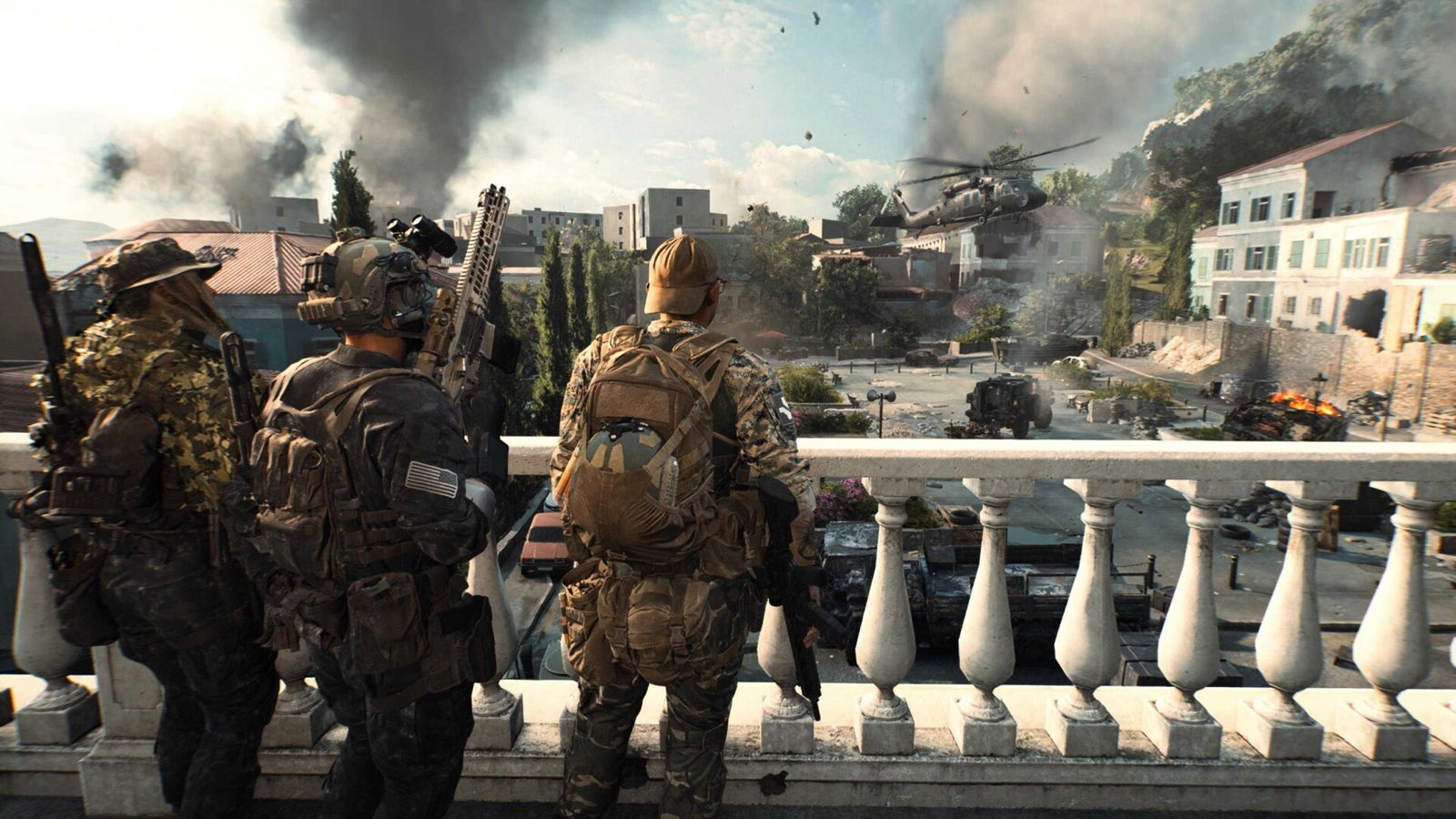
The 4-class operator setup returns in Battlefield 6, allowing players to choose from Assault, Engineer, Support, and Recon classes, each with their own weapon and gadgets to choose from as well as their own operator skins to unlock. While each class can choose from any weapon on the rack, players are highly encouraged to choose something that will fill each class’s signature trait, a new feature in Battlefield 6. These signature traits give players class-specific perks and bonuses that can really make or break a setup.
“Battlefield really is at its best when it’s grounded and realistic without being too punishing, and Battlefield 6 has that in spades.”
For example, the Recon signature trait is called Aim-Spot, and it functions by automatically tagging enemy players in the world and on the mini-map for all to see. Not only are you able to now follow players’ movements when they go behind cover, but now your teammates can see them as well, which really puts the emphasis on the Recon-aspect of the class name.
As someone who plays the Recon class exclusively, I adore this trait because it lets me help out my team from afar, especially on those larger maps where I’m staring through a scope, waiting for someone to walk in my field of view.
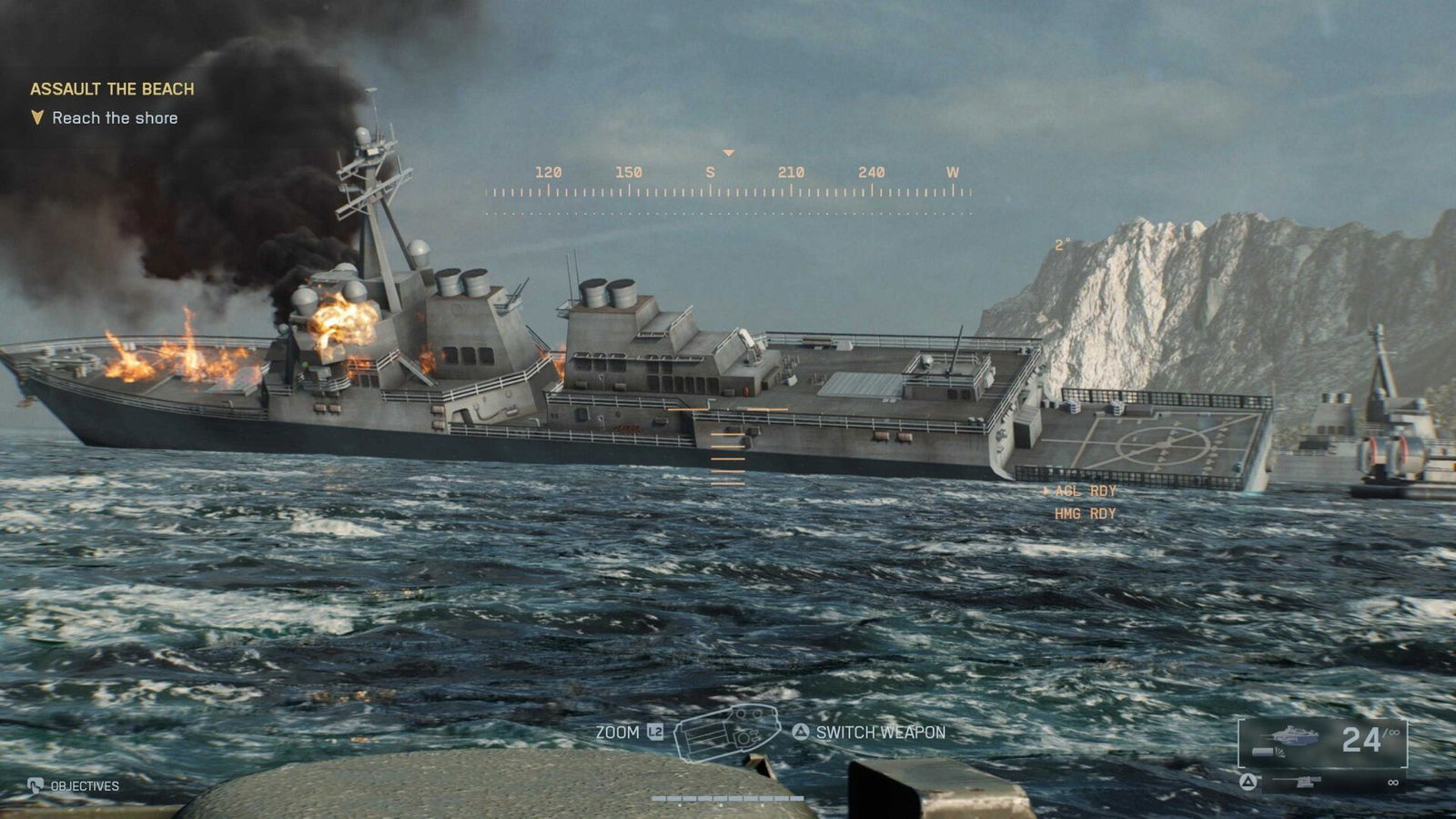
The other three classes have equally interesting traits, such as the Assault trait, Mission-Focused, which gives players a boost in objective progress and reduces cooldown time for their “in-combat” status, allowing allies to spawn on them sooner. The Engineer trait, Mechanized Infantry, lets players take less explosive damage when near an allied vehicle and prevents those vehicles from being taken over by enemies if all occupants leave. Lastly, and arguably the least useful, is the Support class trait, Squad Supplies, which allows teammates to interact with the Support player to gain health and ammunition.
“Battlefield 6’s campaign seems to operate on the philosophy that less is more.”
Brand new to Battlefield 6 is a new combat system called Kinesthetic Combat. Designed to give the player more control over their movement in the thick of things, Kinesthetic Combat affords players many different combat options when things get hairy: Drag and Revive, which allows the healing player to drag the downed ally to safety before reviving them; Combat Rolls, which let the player limit fall damage by pressing a button at the moment of landing from height to do a forward roll; Mounting Weapons allows players to deploy a bipod onto a piece of cover, limiting recoil and steadying aim.
The biggest factor for me is always going to be the maps. They’re the reason I can’t get into Call of Duty anymore — they’re just too small. There’s nothing more satisfying than finding a good elevated spot and landing headshots from half a kilometre away. Much to my delight, there are several large, wide-open maps with excellent sightlines, especially in game modes such as Conquest. Maps like Liberation Peak, Mirak Valley and New Sobek City all scratch that “let’s see how far away I can get a headshot from” itch.
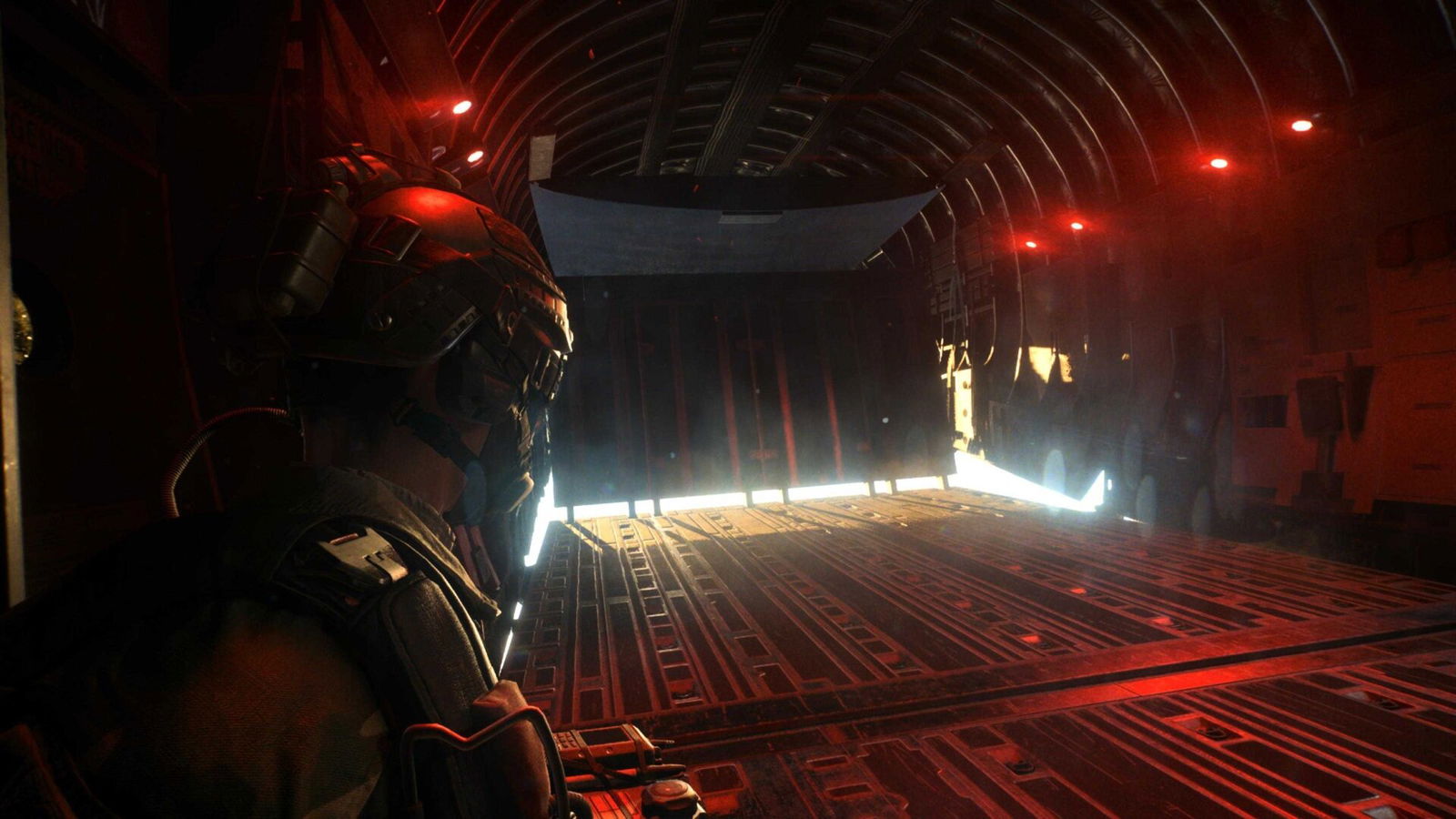
Not to worry — for the smaller-map aficionados out there, there’s plenty here for you too. Saints Quarter, Empire State and others cater to faster-paced gameplay suited to modes such as Team Deathmatch, King of the Hill and Domination. Learning your corners and ambush points will make the difference between victory and defeat on these maps.
A total of 9 maps, in different variations depending on the game mode, make Battlefield 6’s multiplayer experience second-to-none. There really is something for everyone’s tastes here, and there is even a returning map from Battlefield 3: Operation Firestorm where players fight over control of a burning oil field in a large-scale battle.
Making its return from Battlefield 2042, is a game mode called Portal. A creators dream, Portal allows players to fully customize a map and create new game modes on existing maps as well. Levels of customizability are far superior to what was done in 2042, Battlefield 6’s Portal mode opens the door for NPC Scripting and customized UI for players to make the exact Battlefield experience they want to have.
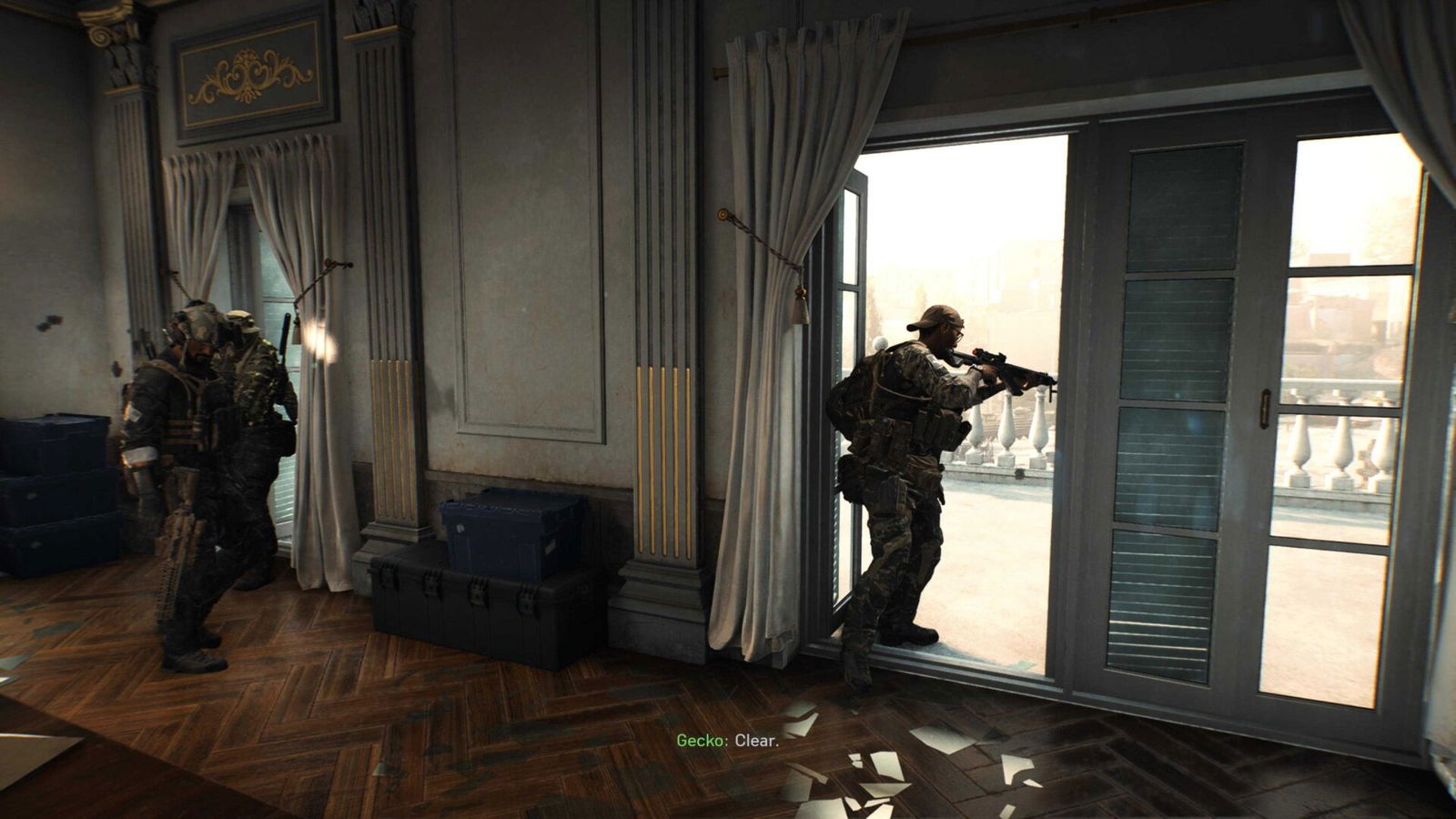
During my time with the multiplayer portion, I was always excited to see what came next. Learning new maps and weapons and perks is part of the fun, and seeing new strategies and vantage points pop up in real-time, thanks to the destruction of a building, really forces players to think outside the box when attacking an objective. Battlefield really is at its best when it’s grounded and realistic without being too punishing, and Battlefield 6 has that in spades.
“If you call yourself an FPS enthusiast, then you would do yourself a disservice by missing out on Battlefield 6.”
Moving on to the single-player campaign, I was eager to get into this part as the predecessor sadly omitted a single-player campaign, to the dismay of all Battlefield fans everywhere. That said, Battlefield 6’s campaign takes place in the very near future (2027-2028, to be exact) and revolves around a rapidly dissolving NATO, a new military organization called Pax Armata, as well as political unrest, and boots-on-the-ground gameplay. Pax Armata is a private military corporation that is boldly unafraid to cross political and international lines to achieve their goals, and the remnants of NATO are all that stand in the way of complete global restructuring.
Battlefield 6’s campaign seems to operate on the philosophy that less is more. By that, I mean the campaign packs a lot of events and locations into a relatively short runtime. Spanning nine missions, there’s a lot happening — and, to be honest, I like that everything feels shoehorned in. It gives the world an urgent, everything-is-awful-and-we-need-to-act-now energy that suits the story. A few collectible dog tags are scattered throughout each mission, and I found myself combing every nearby room and corner for them, simply because I could.
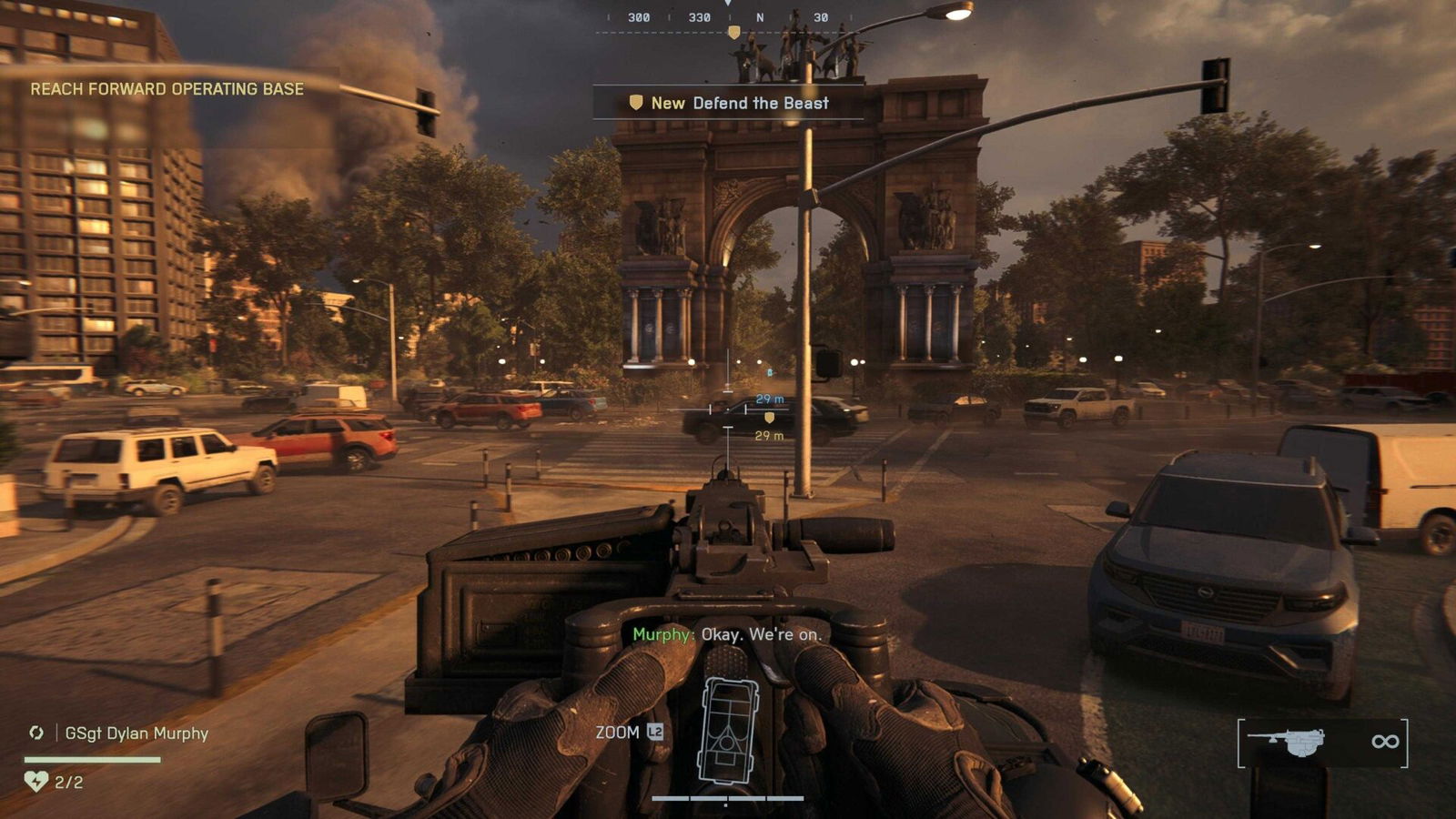
By the end of the campaign, I was finally able to take a breath after a 10-hour journey that took me from one side of the planet to the other — and kicked me in the head a few times along the way.
Could the developers have stretched the story out a bit more? Perhaps. A little more world-building wouldn’t hurt, but what’s here works to keep the squad — and the player — on their toes. By the time the credits rolled, I wanted more, and not many first-person shooter stories can claim that. Speaking of the credits, there’s a wonderful touch: the names of all the babies born during development, as well as the developers’ pets, appear in the list. They didn’t have to include that, but it’s a fun addition that recognizes everyone who contributed to the game, even indirectly.
Whether you play multiplayer exclusively or dabble in the campaign for fun, Battlefield 6 really is the front-runner in the gritty, grounded, realistic modern war shooter. Are there some kinks to iron out, sure but none of them are so egregious that they become detrimental to the experience. If you call yourself an FPS enthusiast, then you would do yourself a disservice by missing out on Battlefield 6.
The Battlefield Portal was not online during the review process, so we were not able to test the features or what it adds to the experience as a whole.
